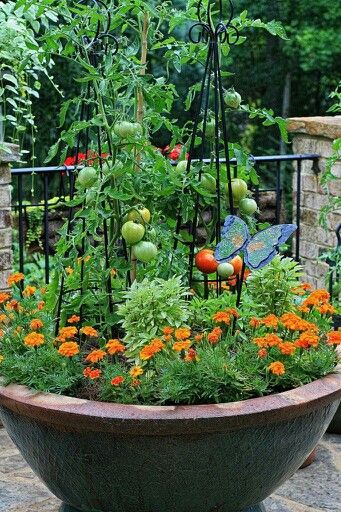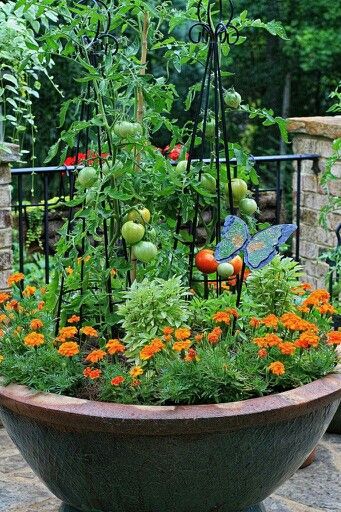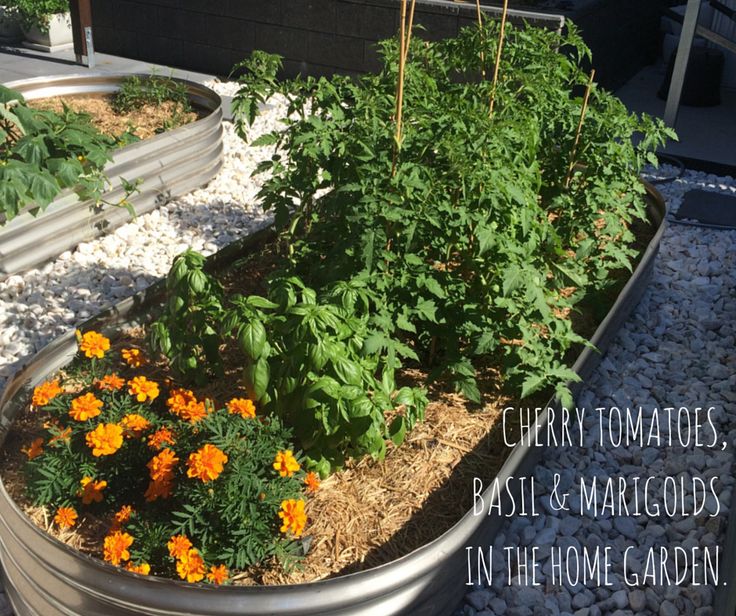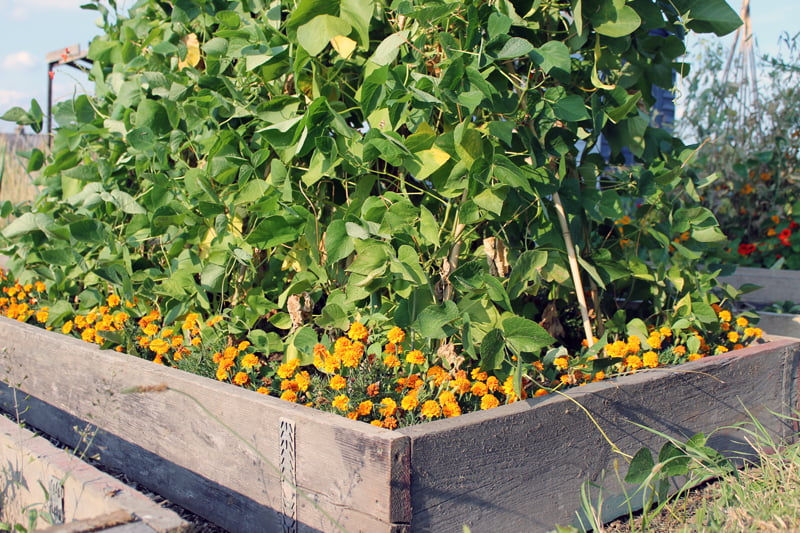
Unlock a Bountiful Harvest: The Magic of Companion Planting for Tomatoes
Here at Better Homes and Harvests, we believe in nurturing our gardens and working in harmony with nature. One of the most rewarding ways to do this is through companion planting – a time-honored tradition that can significantly improve your tomato harvest and overall garden health. Imagine vibrant, thriving tomato plants, naturally protected from pests and bursting with flavor! Let's explore how to make that vision a reality.

What is Companion Planting?
Companion planting is the practice of strategically placing different plants near each other to create a mutually beneficial relationship. It's more than just aesthetics; it's about leveraging the natural interactions between species to enhance growth, deter pests, and improve soil health. Think of it as creating a miniature ecosystem where each plant plays a vital role.
The principles behind companion planting are simple yet profound. Some plants attract beneficial insects that prey on garden pests. Others release compounds into the soil that can deter nematodes or other harmful organisms. Some provide shade to protect delicate plants from scorching sun, while others help to cycle nutrients in the soil, making them more accessible to their neighbors. By understanding these interactions, you can create a thriving and self-sustaining garden.
Best Companion Plants for Tomatoes: A Gardener's Guide
So, what are the best partners for your precious tomato plants? Here are five fantastic options to get you started:
Basil: This aromatic herb is a superstar companion for tomatoes. Basil is believed to repel tomato hornworms and whiteflies, two common tomato pests. Plus, many gardeners believe that basil improves the flavor of tomatoes!

Marigolds: These cheerful flowers are known for their pest-repelling properties. Marigolds contain a compound called alpha-terthienyl, which is effective against nematodes, tiny soil-dwelling worms that can damage tomato roots. Plant marigolds around your tomato plants to create a protective barrier.
Carrots: Carrots are excellent companion plants because they improve the soil for tomatoes. As they grow, carrots loosen and aerate the soil, which allows for better drainage and root development for the tomatoes. The soil is also enriched with nutrients!
Onions and Garlic: Members of the allium family, such as onions and garlic, are powerful pest deterrents. Their strong scent can repel aphids, spider mites, and even rabbits! Planting them near your tomatoes can help keep your plants safe from these unwanted visitors.
Nasturtiums: These vibrant, edible flowers act as a trap crop, attracting aphids away from your tomato plants. Aphids prefer nasturtiums, so they'll flock to them, leaving your tomatoes relatively untouched. Plus, nasturtiums add a splash of color and beauty to your garden!
Borage: Borage is an excellent companion plant. Its flowers attract beneficial insects like bees and predatory wasps, which help pollinate tomatoes and control pests.
How to Implement Companion Planting with Tomatoes
Integrating companion plants into your tomato garden is easier than you might think! Here's a simple step-by-step guide:
Plan your layout: Before planting, map out your garden and decide where you'll place your tomatoes and their companions. Consider the mature size of each plant and ensure they have enough space to grow without overcrowding each other.
Planting Time: Plant your tomato seedlings after the last frost. At the same time or shortly after, sow seeds or transplant seedlings of your chosen companion plants around the base of the tomato plants.
Spacing: Allow adequate spacing between plants. For example, plant basil or marigolds 12-18 inches apart around your tomato plants. Onions and garlic can be planted closer, around 6 inches apart.
Ongoing Care: Provide regular watering and fertilization to both your tomatoes and their companions. Monitor for pests and diseases and address any issues promptly. Deadhead spent flowers on marigolds and nasturtiums to encourage continuous blooming.

A Feast for the Eyes: The Aesthetic Benefits
Beyond the practical benefits, companion planting adds a touch of natural beauty to your garden. Imagine a vibrant tapestry of colors, textures, and scents, creating a feast for the senses. The contrasting foliage of basil and tomatoes, the cheerful blooms of marigolds and nasturtiums, all contribute to a more diverse and visually appealing garden space.
Companion planting also promotes biodiversity, attracting pollinators like bees and butterflies, which further enhance the beauty and health of your garden ecosystem. It's a way to create a space that is not only productive but also a joy to behold.
Reap the Rewards of Companion Planting!
Companion planting is a simple yet powerful technique that can transform your tomato garden. By strategically pairing plants, you can improve yields, reduce pests, enhance soil health, and create a more beautiful and sustainable garden. So, why not give it a try?
We'd love to hear about your experiences with companion planting! Share your favorite combinations and tips in the comments below. Happy gardening!